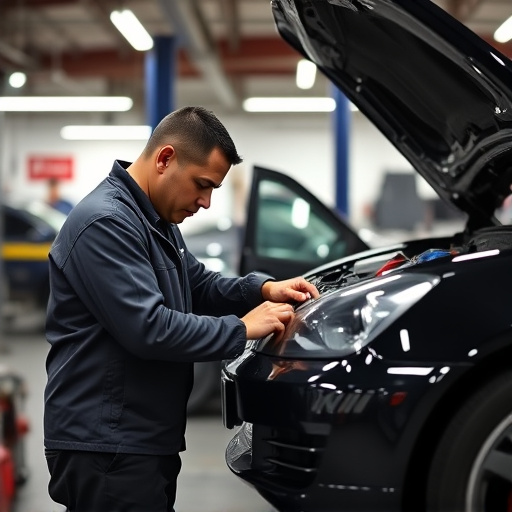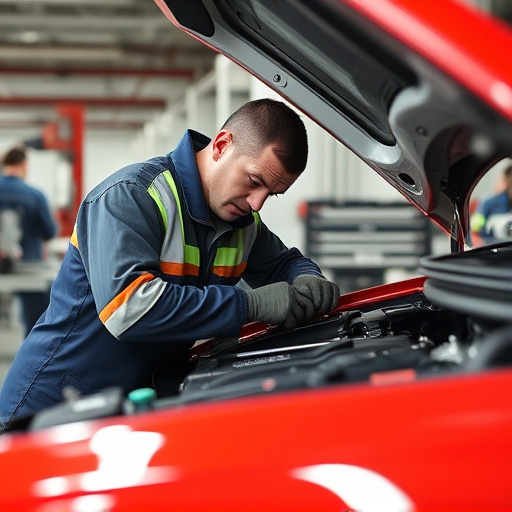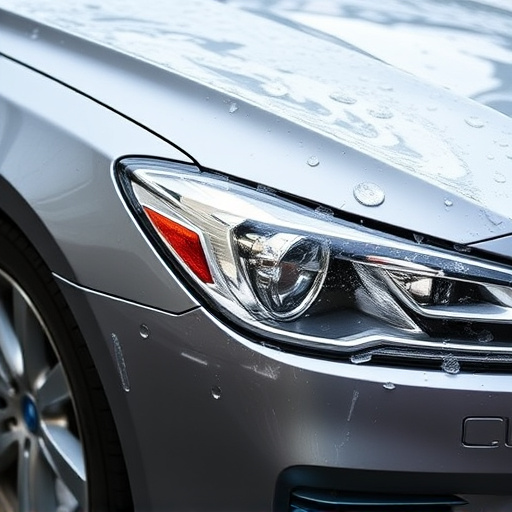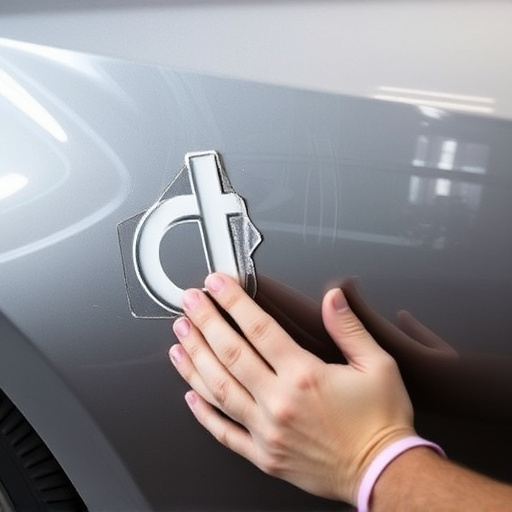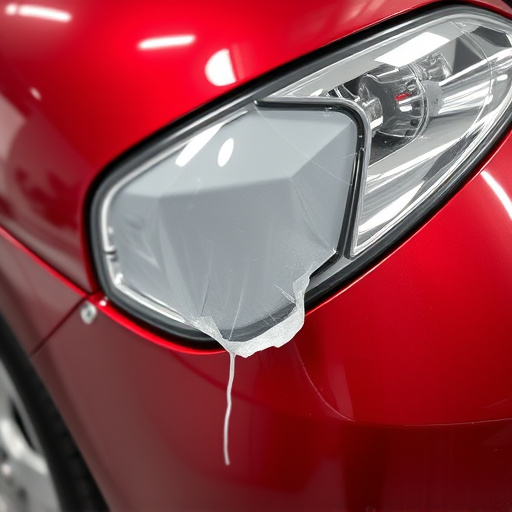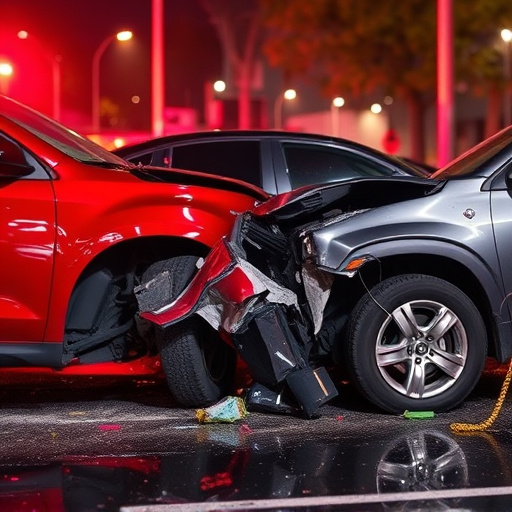Post-inspection disputes are common in the automotive sector, especially for intricate repairs like Mercedes Benz collision repair and car restoration. Miscommunication, differing interpretations of standards, and hidden damage lead to disagreements. Effective dispute resolution requires clear communication, detailed documentation of repair quality inspections, and a shared understanding of quality criteria between clients and repairers. This involves creating a safe environment, focusing on facts, maintaining professional tone, and finding common ground for mutually acceptable solutions. Well-documented appeals facilitate informed decision-making, resolve disputes promptly, and enhance customer satisfaction.
After a repair quality inspection, disputes can arise due to miscommunications or differing interpretations of the work. Understanding common causes and challenges is key to effective resolution. This article delves into strategies for navigating post-inspection disputes, focusing on communication techniques, documentation best practices, and managing appeals. By following these steps, you can ensure fair resolutions and maintain client satisfaction following repair quality inspections.
- Understanding Post-Inspection Disputes: Common Causes & Challenges
- Effective Communication Strategies for Resolving Disagreements
- Best Practices for Documenting and Managing Repair Quality Appeals
Understanding Post-Inspection Disputes: Common Causes & Challenges
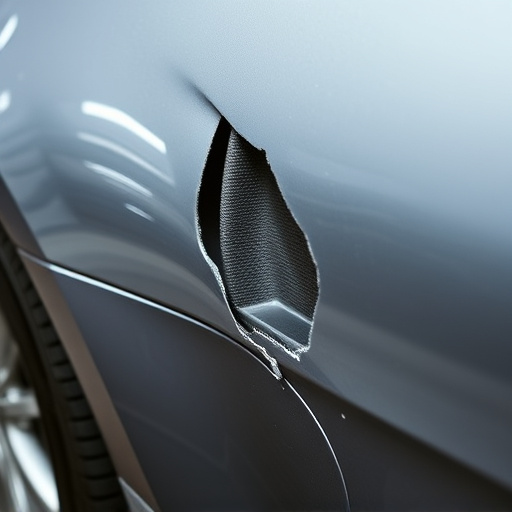
Post-inspection disputes are common in the automotive industry after a repair quality inspection, particularly with intricate processes like mercedes benz collision repair or car restoration. While customers expect flawless outcomes, achieving perfect repairs can be challenging, often leading to disagreements between clients and service providers. Common causes include miscommunication of expectations, differing interpretations of technical standards, and hidden damage not visible during the initial assessment.
These disputes present significant challenges, especially in complex cases like car paint repair, where minor imperfections may go unnoticed by some parties while appearing as unacceptable flaws to others. The pressure to meet high standards, such as those often required for premium brands like Mercedes-Benz, can heighten tensions. Effective dispute resolution requires clear communication, detailed documentation of the inspection process and findings, and a mutual understanding of quality criteria from both client and repairer perspectives.
Effective Communication Strategies for Resolving Disagreements

Effective communication is key when addressing disputes that arise after a repair quality inspection. The initial step involves actively listening to both parties’ concerns and perspectives. This means creating a safe, respectful environment where everyone feels heard and understood. During discussions, it’s essential to maintain a calm, professional tone, focusing on factual information rather than emotional responses. Clear and concise language should be used to outline the issues, ensuring all stakeholders are on the same page.
When resolving disagreements, consider finding common ground and understanding each other’s goals. For instance, in cases of car dent removal or hail damage repair, the customer wants their vehicle restored to pre-incident condition, while the repair shop aims to provide quality service within agreed-upon standards. By recognizing these shared objectives, negotiation can progress towards mutually acceptable solutions, ensuring satisfaction for all involved and maintaining positive relationships, even after a dispute.
Best Practices for Documenting and Managing Repair Quality Appeals

When addressing disputes arising from a repair quality inspection, effective documentation is key. The first step in best practices for managing repairs quality appeals involves meticulously recording all observations and conversations during the inspection process. Detail any discrepancies between the initial estimate and the actual work performed, taking clear photos or videos as evidence. This visual record serves as irrefutable proof to support your appeal.
Additionally, maintain a comprehensive log of all communications with the repair shop, including dates, names of individuals involved, and the substance of discussions. For auto repairs, whether it’s a simple fender bender or more complex vehicle dent repair, keeping detailed records increases transparency and demonstrates a commitment to resolving issues promptly. If disputes persist, these well-documented appeals can facilitate informed decision-making and help customers find suitable solutions, ensuring customer satisfaction in even the most challenging cases.
Addressing disputes after a repair quality inspection is an essential aspect of ensuring customer satisfaction and maintaining a positive reputation. By understanding common causes, employing effective communication strategies, and adopting best practices for documentation, businesses can navigate these challenges successfully. A proactive approach to dispute resolution not only fosters stronger client relationships but also reinforces the integrity of the repair quality inspection process itself.

